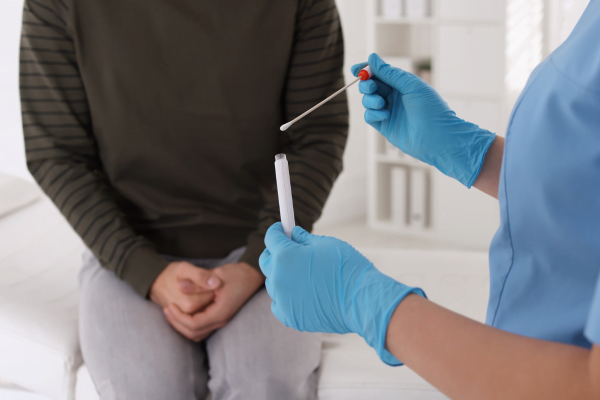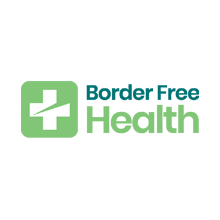April isn’t just about the blossoming of flowers and the onset of spring; it’s also dedicated to spreading awareness about something equally important but often overlooked: sexually transmitted diseases (STDs). As we gear up for STD Awareness Month, it’s time to break down barriers, dispel myths, and empower individuals with knowledge to protect themselves and their partners.
The Silent Epidemic: Understanding the Scope
STDs, sometimes referred to as sexually transmitted infections (STIs), affect millions of people worldwide. According to the World Health Organization (WHO), more than one million sexually transmitted infections are acquired every day globally.
In the United States alone, the Centers for Disease Control and Prevention (CDC) estimates that there are approximately 26 million new cases of STDs annually, with young people aged 15 to 24 accounting for half of all new infections.
Know the Facts: Common STDs and Their Impact
From chlamydia to gonorrhea, syphilis to HIV, the range of sexually transmitted diseases is vast, each with its own set of symptoms, complications, and treatment options. Here’s a snapshot of some prevalent STDs:
- Chlamydia: This bacterial infection often presents with no symptoms but can lead to serious complications if left untreated, such as pelvic inflammatory disease (PID) in women and infertility in both men and women.
- Gonorrhea: Another bacterial infection, gonorrhea can cause painful urination and discharge and, in severe cases, lead to infertility or spread to other parts of the body.
- Human Papillomavirus (HPV): HPV is the most common sexually transmitted infection, with various strains causing genital warts and increasing the risk of cervical cancer in women.
- HIV/AIDS: Human Immunodeficiency Virus (HIV) weakens the immune system, making individuals more susceptible to infections and, if left untreated, progresses to Acquired Immunodeficiency Syndrome (AIDS), a potentially life-threatening condition.
Breaking the Stigma: Encouraging Testing and Prevention
One of the biggest obstacles in combating the spread of STDs is the stigma associated with testing and diagnosis. Many individuals shy away from getting tested due to fear of judgment or embarrassment. However, early detection is key to preventing the spread of infections and managing potential complications.
Thankfully, testing for STDs has never been easier or more accessible. From local health clinics to at-home testing kits, there are numerous options available for individuals to get tested confidentially and discreetly. Additionally, practicing safe sex through the use of condoms, limiting sexual partners, and open communication with partners about sexual health can significantly reduce the risk of contracting STDs.
Empowering Action: Spreading Awareness and Education
As we observe STD Awareness Month, it’s crucial to recognize that awareness is the first step toward prevention and treatment. By destigmatizing discussions around sexual health, promoting regular testing, and advocating for comprehensive sex education in schools and communities, we can work towards a future where STDs are no longer a silent epidemic.
Takeaways
So, this April, let’s commit to breaking the silence, educating ourselves and others, and taking proactive steps to prioritize our sexual health. Together, we can create a world where everyone has the knowledge and resources they need to lead healthy, fulfilling lives free from the burden of sexually transmitted diseases.

